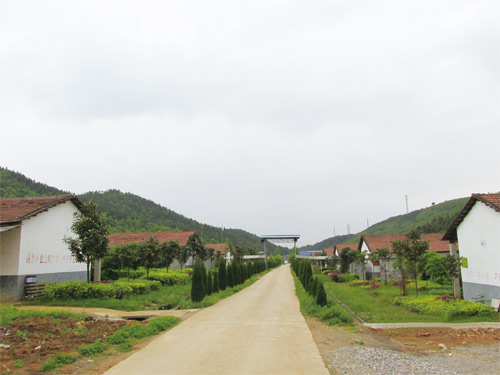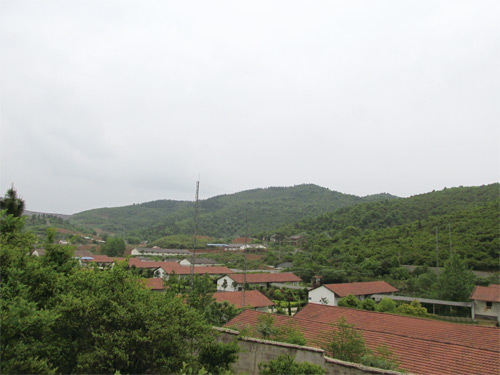Safety-Centric Management: The Cornerstone of Fireworks Factories
Safety is the paramount priority for fireworks factories, where the inherent risks of flammable and explosive materials demand rigorous controls. Leading companies prioritize hazard isolation through automated production lines—installing fully enclosed systems for filling, blocking, and assembling firework tubes to prevent human contact with gunpowder. Intelligent monitoring systems, including facial recognition and real-time video analytics, are deployed in high-risk areas to enforce "no unauthorized access" policies and detect abnormal behaviors (e.g., lingering in restricted zones). These technologies not only reduce the risk of accidents but also ensure compliance with strict regulatory standards, creating a safer working environment for employees.

Technological Transformation: Automation and Smart Systems
The adoption of automation and smart technologies is revolutionizing fireworks production. Companies are investing in fully automated lines to replace manual processes—such as inserting lead linings, filling gunpowder, and blocking tubes—which minimizes human exposure to hazardous materials. For example, one enterprise upgraded five production lines, reducing the workforce from 300 to just 11 employees per line and increasing annual output to 2 million boxes. Smart monitoring systems, including sensors for temperature, humidity, and gas leaks, enable real-time tracking of production conditions, ensuring optimal safety and efficiency. These technologies also support data-driven decision-making, allowing managers to identify bottlenecks and optimize workflows.

Regulatory Compliance: Adhering to Stringent Standards
Fireworks factories operate under strict regulatory frameworks to ensure safety and quality. In China, the "Major Investigation and Rectification Special Action for Safe Production" mandates comprehensive inspections of production processes, from raw material sourcing to logistics. Facilities must comply with national standards such as the "Fireworks and Firecrackers Engineering Design Safety Code" (GB 50161—2022), which outlines requirements for factory layout, structural integrity, and safety distances. Regular audits and third-party evaluations are conducted to verify compliance, and non-compliant facilities face penalties or shutdowns. This rigorous oversight drives continuous improvement and builds public trust in fireworks products.

Sustainability: Minimizing Environmental Impact
Environmental responsibility is becoming a key focus for fireworks factories. To address contamination from perchlorate—a chemical used in some fireworks—manufacturers are sourcing low-perchlorate or perchlorate-free products and implementing rigorous "housekeeping" practices to remove unburned debris from display sites. Closed production systems are being adopted to prevent gunpowder leaks, and eco-friendly materials (e.g., recyclable paper for tube blocking) are replacing traditional contaminants like yellow mud. These measures reduce the environmental footprint of fireworks production and align with global trends toward sustainable manufacturing.

Supply Chain Optimization: Ensuring Transparency and Reliability
Efficient supply chain management is critical for fireworks factories to meet demand while maintaining safety. Automated warehouses and inventory management systems optimize stock levels, reducing waste and ensuring timely delivery of raw materials (e.g., gunpowder, paper, chemicals). Collaborative relationships with trusted suppliers—backed by strict quality control checks—help prevent counterfeit or substandard materials from entering the production process. Some companies are also diversifying their supply chains to reduce reliance on single sources, mitigating risks from disruptions (e.g., geopolitical tensions, natural disasters).
Continuous Improvement: Driving Long-Term Success
Fireworks factories embrace continuous improvement to enhance safety, efficiency, and product quality. Initiatives like Kaizen (small-step improvements) encourage employees to contribute ideas for optimizing workflows and reducing waste. Data analytics play a key role in identifying trends (e.g., equipment failures, safety incidents) and informing decision-making. Employee training programs—covering safety protocols, technical skills, and regulatory updates—are regularly updated to ensure staff are equipped to handle modern production challenges. These efforts foster a culture of excellence, enabling factories to adapt to changing market demands and regulatory requirements.
Leave your message here